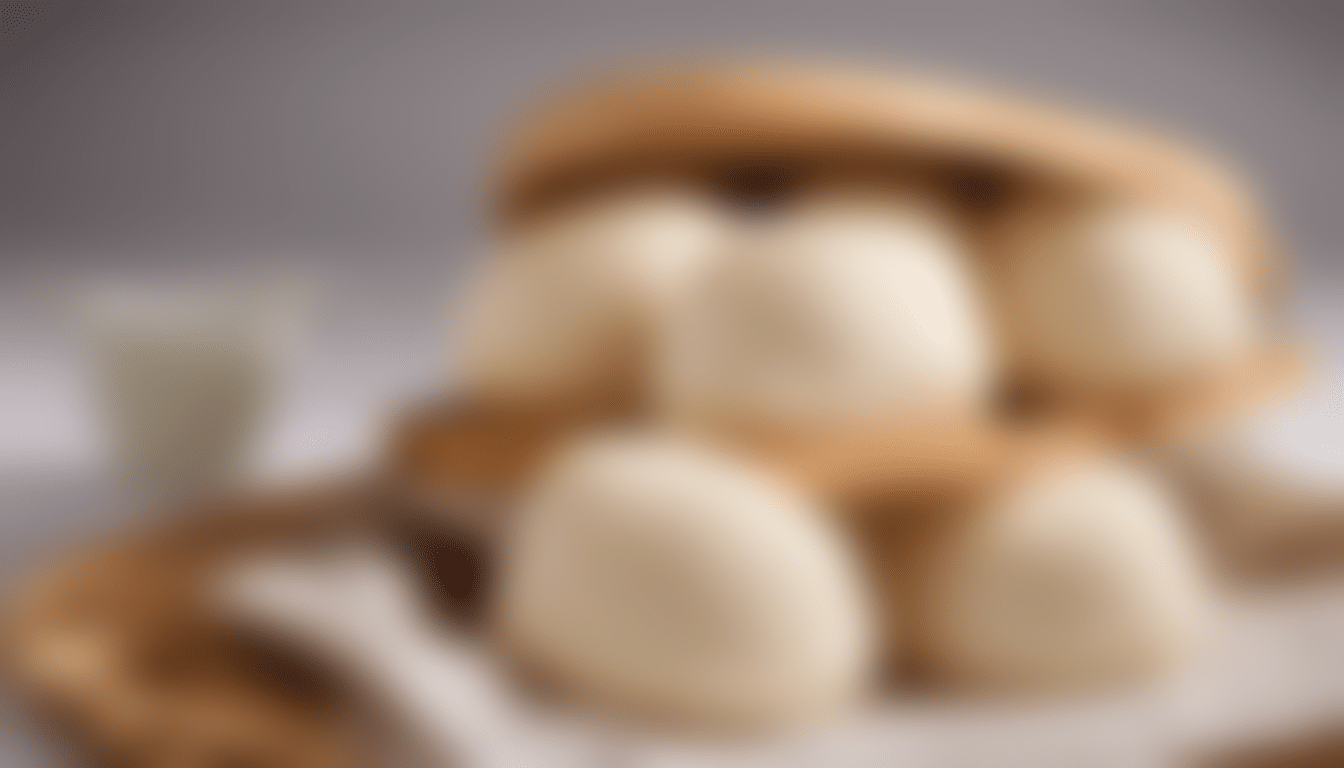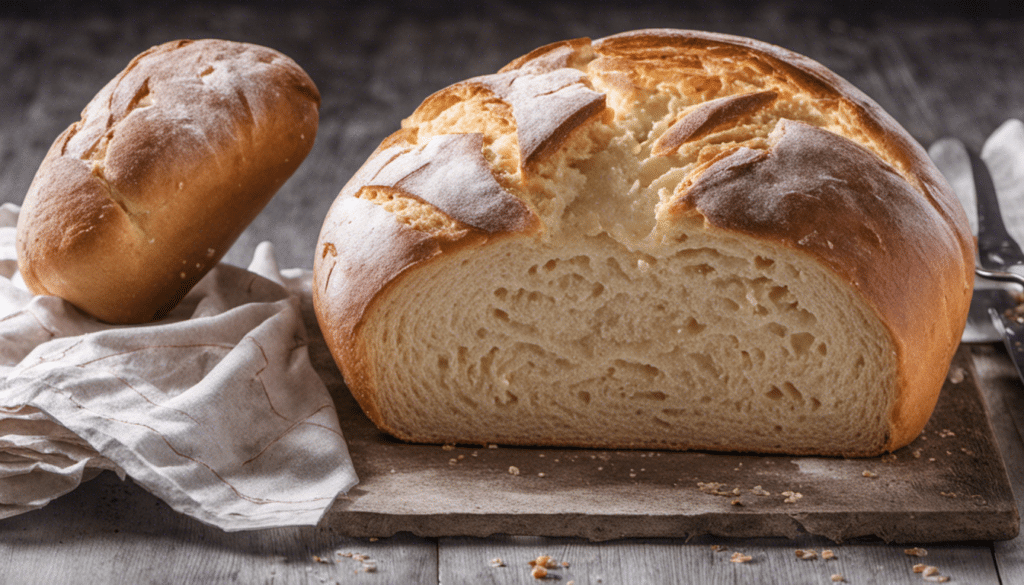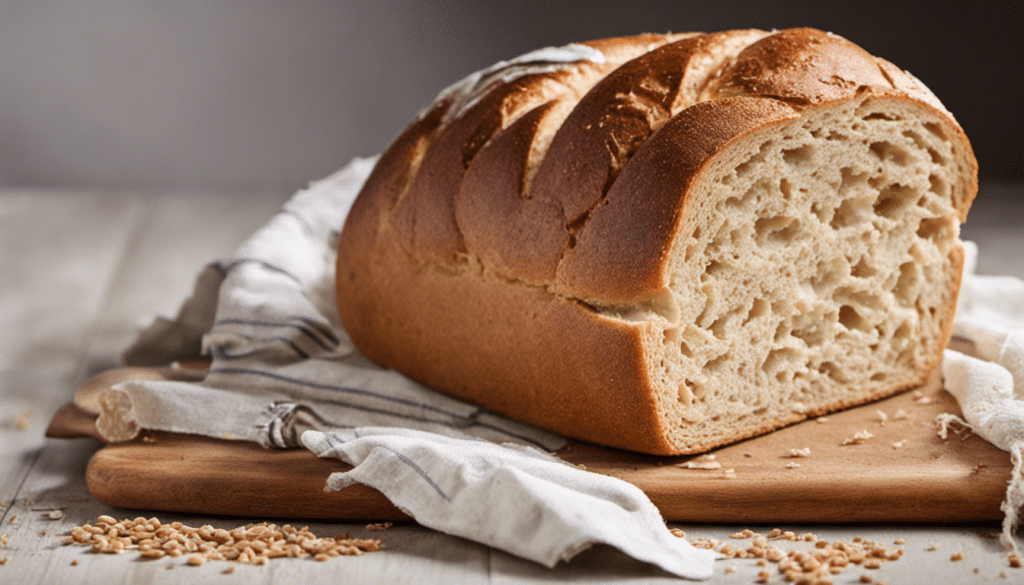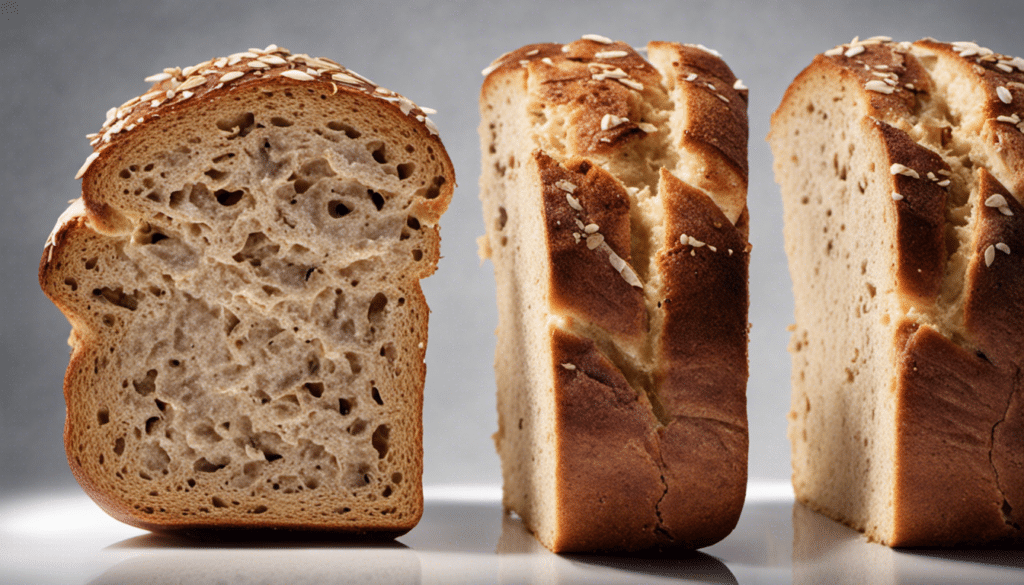| Prep: 2 hours 15 mins | Cook: 15 mins | Difficulty: Medium | Serves: 6 |
| kcal | fat | saturates | carbs |
| 197 | 1.1g | 0.3g | 41g |
| sugars | fibre | protein | salt |
| 6g | 1.4g | 5.5g | 0.1g |
About Mantou
Revel in the magic of the soft, fluffy, and versatile Asian bread, the lovely Mantou. Hailing from China, this delightful bread entices with its subtly sweet notes and silky textures, all intricately cradled within a warm, pillowy bun. 
The Intrigue Behind Mantou
Just like its composition, the history behind Mantou is equally intriguing. While the origins vary, one legend points to a strategist from the Three Kingdoms era, Zhuge Liang, who wanted to concoct a food easy for marching soldiers to carry. Today, this delicacy is a staple in Northern China, where it substitutes as the main staple in place of rice. Yet, this bread goes beyond being a simple side; it acts as a master of transformation, effectively pairing with sweet and savoury fillings, or being deep-fried to present a texture, full of enticing crunch and delightful decadence.
Savoring the Mantou
What makes Mantou a favorite among many is its strikingly soft texture and versatility. Though it’s usually enjoyed plain for breakfast or as a snack, it is equally loved as a component of many signature Chinese dishes like Rou Jia Mo, a hearty sandwich where Mantou buns are filled with deliciously spiced shredded meat. The Mantou also shares similarities with the Korean Steam Buns (Jjinppang), exhibiting contrasting, yet harmonious layers of moist, fluffy dough, and rich, sweet fillings.
While not loaded with sugars, Mantou has a subtle sweetness, making it the perfect vehicle for Dulce de Leche or your favorite jams. To introduce another level of complexity, try serving it with a piquant side of chili oil or with Chinese Red Braised Pork Belly for a memorable culinary adventure.
What You’ll Need
- 2 cups of all-purpose flour
- 1/2 cup of warm water
- 1/2 cup of warm milk
- 1 tablespoon of active dry yeast
- 3 tablespoons of sugar
- 1 teaspoon of baking powder
- 1/2 teaspoon of salt
- Vegetable oil (for brushing)
Method
Step One
In a large bowl, combine the warm water, warm milk, sugar, and yeast. Stir until the yeast and sugar are completely dissolved. Allow the mixture to sit for around 10 minutes until it becomes frothy. This activated yeast will ensure your mantou rises well.
Step Two
In a separate bowl, combine the all-purpose flour, baking powder and salt. Mix these dry ingredients well.
Step Three
Pour the yeast mixture into the bowl with the dry ingredients. Stir quickly and well to prevent the formation of lumps. Continue to mix until a dough begins to form.
Step Four
Knead the dough with your hands until it becomes smooth and elastic. This may take about 10-15 minutes. You may add small amounts of flour if the dough is too sticky.
Step Five
Brush the dough with vegetable oil to prevent it from drying out. Cover the bowl with a clean towel or plastic wrap and let the dough rise in a warm place for about 2 hours or until it doubles in volume.
Step Six
After the dough has risen, knead it once more. Cut the dough into small equal pieces and shape each piece into a bun. Leave the buns to rest for another 15-30 minutes to rise slightly once more.
Step Seven
Mantou is traditionally steamed. Arrange the buns in a steamer basket, making sure to leave ample room for them to expand. Steam for about 15 minutes.
Step Eight
Your mantou buns are now ready to be served! Enjoy them plain, with sweet condiments, or as a part of savory dishes. They are best enjoyed while hot and fluffy, straight from the steamer.



